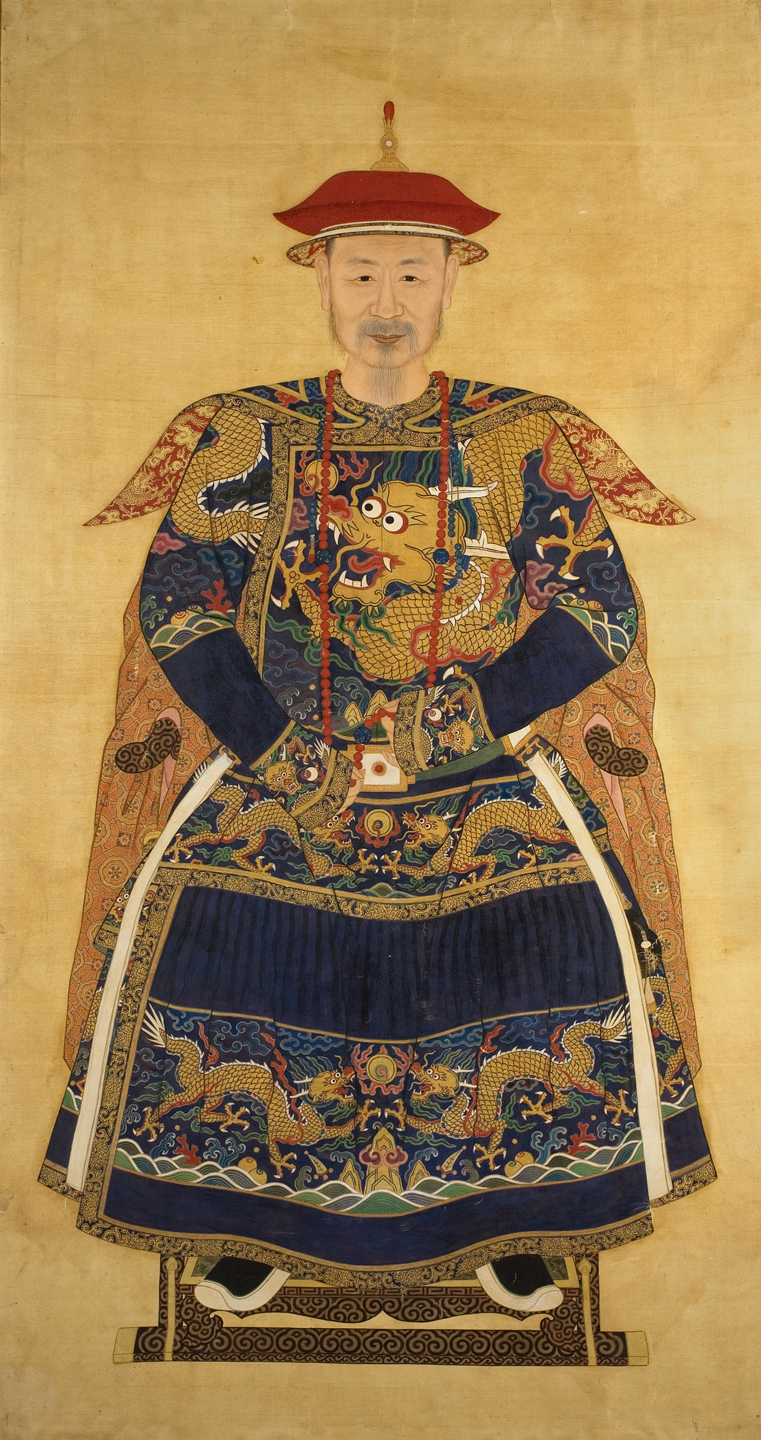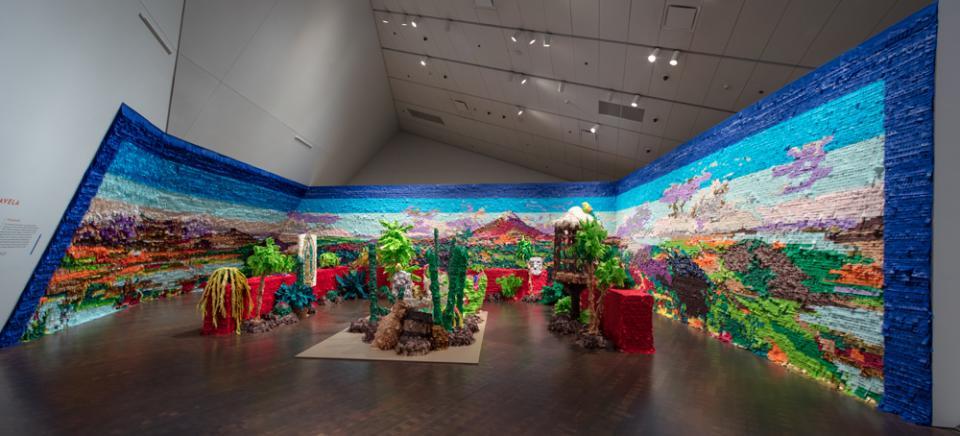Students will view and discuss Hubert Candelario's Jar and invent imaginative possibilities for its use.
Students will be able to:
- use spatial words;
- use language to express ideas, generate questions, and investigate answers;
- demonstrate an understanding of the difference between a question and a statement;
- make predictions based on visual images; and
- draw pictures to generate, represent, and express ideas or share information.
Lesson
- Show students the image of Hubert Candelario's Jar but don’t tell them the title or what the object is. Tell students that part of learning to be fluent in a language requires you to be a researcher. Ask students what they think a researcher is. It’s a little like being a detective. Researchers have to come up with the right questions to ask. Then they have to think really hard about the answers they get and determine if the answers make sense.
- Tell students that every one of them is a researcher and ask them to think of a question they have about this object. Tell them you will give them plenty of time to think. After they have come up with their questions, ask for volunteers to share their questions.
- Ask students to think about possible answers to those questions. An example of a question might be: “I wonder why the artist cut O’s in it rather than A’s.” The guessed answer might be: “Because his name might be Oscar and not Alex.”
- Ask students to guess what the object is and what it is used for. Allow a few minutes for a discussion. Then, tell the students that this is a jar and share with them information from the About the Art section. Explain that to the artist, the Jar doesn’t have a problem. He likes to play with the boundaries of how far the material (in this case, clay) will go. So, to the artist, Jar is a not a problem but a solution!
- Ask students if they can think of any opportunities to use this jar? An example of an opportunity might be: “It’s used as a free-range bird cage where the bird could fly away and come back as it wishes.” Encourage the use of spatial words in relation to the Jar, such as in and out, over and around, etc.
- Have students work in small groups to come up with ideas of how they might use this jar as a solution to a problem. You might have students draw or act out their inventive uses.
Materials
- About the Art section on Hubert Candelario's Jar (included with the lesson plan)
- Color copies of Hubert Candelario's Jar or the ability to project the image onto a wall or screen
- Paper for drawing
- Crayons, color pencils, or other age-appropriate art media
Standards
- Social Studies
- Geography
- Develop spatial understanding, perspectives and connections to the world
- Visual Arts
- Invent and Discover to Create
- Observe and Learn to Comprehend
- Relate and Connect to Transfer
- Language Arts
- Oral Expression and Listening
- Research and Reasoning
- Collaboration
- Critical Thinking & Reasoning
- Information Literacy
- Invention
- Self-Direction
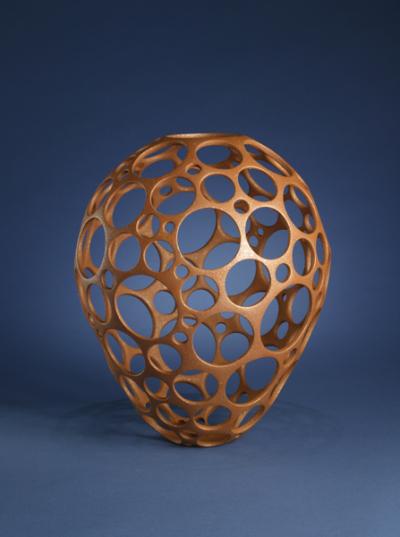
Jar
Hubert Candelario, United States
1997
Height: 11.25 in. Width: 8.25 in.
Denver Art Museum Collection: Gift of Virginia Vogel Mattern, 2003.1034
Photograph © Denver Art Museum 2009. All Rights Reserved.
“There are only four potters at San Felipe Pueblo,” says Hubert Candelario, “and I’m one. The other three are married to potters from other pueblos, and that’s how they learned. Me? I just had a feel for it.”
Hubert Candelario was born in 1965 in Albuquerque, New Mexico. Before becoming a professional artist, he studied architectural drafting and design at the Pheonix Institute of Technology in Arizona. In the 1980s he developed an interest in clay and began experimenting with pottery techniques and form. He was inspired by the work of Maria Martinez (whose work is also on the Creativity Resource website) and was fascinated by ancient Pueblo pottery designs. Because there are very few potters from San Felipe Pueblo, Candelario did not learn techniques from others, but experimented with his own personal style. “As a contemporary Native American Indian potter I have no limits, only choices,” he says. Today, Candelario lives in Albuquerque where he works on his pottery full-time.
After learning the basic techniques used to create a piece of pottery, Candelario used his experience in structure and design to move beyond the boundaries of traditional pottery. When speaking about a similar “Holey Pot” Candelario said, “I have always loved structure and design, fields that I originally studied at school. While making this pot, I thought about ways to incorporate structural principles into the design. I began cutting away holes in a traditional pot to see how far I could push the limits of structure. It was a technical challenge that succeeded.”
Details
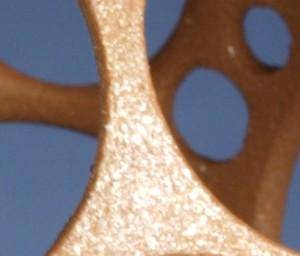
Shimmer
The clay and slip that Candelario uses contain gold colored flakes of mica that give the finished pot a glowing and sparkling surface.
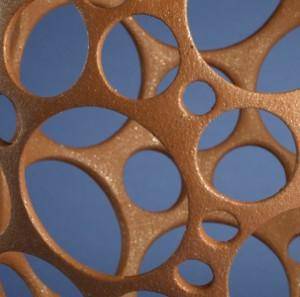
Round Holes
Perfectly round holes pierce the jar on all sides. According to Candelario, “the holes are like nature; they are the structure of cells.” He first forms the jar by using a traditional method of coiling clay from a bowl base. After letting the clay dry for a few days, he uses a circular template to draw circles and then carves the holes using an Xacto knife. He carves the bottom of the pot first, then turns it over and carves the top. If cracks occur at any point, he will start over from the beginning.
Funding for object education resources provided by a grant from the Morgridge Family Foundation. Additional funding provided by the William Randolph Hearst Endowment for Education Programs, and Xcel Energy Foundation. We thank our colleagues at the University of Denver Morgridge College of Education.
The images on this page are intended for classroom use only and may not be reproduced for other reasons without the permission of the Denver Art Museum. This object may not currently be on display at the museum.

